Important Bird Areas (IBAs) are key sites for bird conservation, so it is important to carefully document the birds they contain, and subsequently monitor the sites to assess the efficacy of management and to detect early signals of trouble. In this post, we explore the possibility of using eBird lists as a way of documenting and monitoring birds in Indian IBAs.
eBird now contains roughly 1.5 million observations of Indian birds, organised into over 70,000 birdlists. These lists have accompanying information on date, time, location and effort (eg distance covered and duration spent). To examine how much of this information comes from IBAs, we used shapefiles kindly provided by the Indian Bird Conservation Network and BNHS-India to identify lists from within IBAs. The maps below show the locations of eBird lists from India (left) and the boundaries of Indian IBAs (right).
Roughly 300,000 bird observations from within Indian IBAs are contained in the eBird database. These are from c.11,300 birdlists. A listing of the 10 IBAs with the highest birding effort (total number of birding hours) is given below.
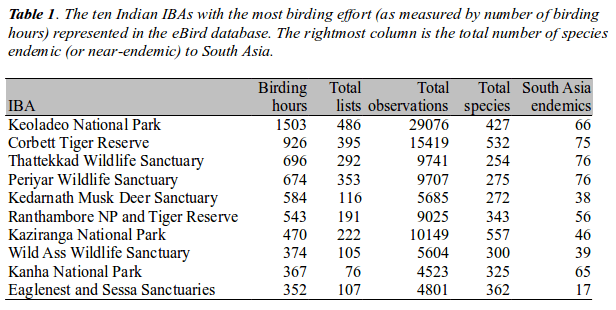 This table shows that a large volume of information is being uploaded from IBAs by birders and tourists visiting these birding hotspots. But clearly the effort is highly skewed. For example these IBAs are represented in eBird by only two records or fewer: Kalesar Wildlife Sanctuary, Tirthan Wildlife Sanctuary, and Kumbalgarh Wildlife Sanctuary, among others.
This table shows that a large volume of information is being uploaded from IBAs by birders and tourists visiting these birding hotspots. But clearly the effort is highly skewed. For example these IBAs are represented in eBird by only two records or fewer: Kalesar Wildlife Sanctuary, Tirthan Wildlife Sanctuary, and Kumbalgarh Wildlife Sanctuary, among others.
To examine the feasibility in using eBird data to monitor changes in species sightings over time, we looked at birdlists from Thattekad Wildlife Sanctuary, Kerala. In all, 254 ‘complete’ lists have been uploaded from Thattekad to eBird. A complete list is one in which the observer has included all identifiable species, and these allow one to calculate the frequency with which a species is seen (eg, a common species might occur in 90% of lists and a rare one in only 5% of lists). For the period 1999-2013, 97 complete lists exist in eBird and for 2014-215, 157 lists are on eBird from Thattekad.
Extracting only birds endemic to South Asia, the table below shows the change in the frequency of sighting of the most common 10 endemics in Thattekad between the two time periods.
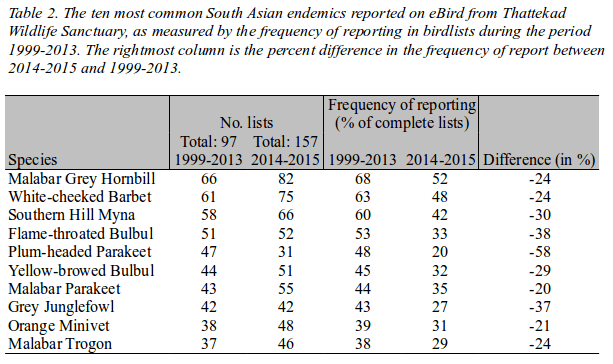 Note that the calculations for Thattekad have been made with all ‘complete’ lists in the eBird database. It is likely that the reason for the apparent decline in reporting rate for all the species in Table 2 is that the duration of lists has reduced over time. Indeed, the median duration of birdlists in 2014-2015 was c.60min, while in 1999-2013 it was 180min. Shorter lists mean fewer species on each list.
Note that the calculations for Thattekad have been made with all ‘complete’ lists in the eBird database. It is likely that the reason for the apparent decline in reporting rate for all the species in Table 2 is that the duration of lists has reduced over time. Indeed, the median duration of birdlists in 2014-2015 was c.60min, while in 1999-2013 it was 180min. Shorter lists mean fewer species on each list.
The purpose of making these calculations is not to accurately assess changes in status of birds; this would require more detailed analysis and more data. Rather our intention is to illustrate the possibility of using lists from birders to monitor, in a crude way, possible changes in the status of bird populations over yearly (or longer) durations.
Some other countries (for example, Canada) use eBird as a data gathering platform for their IBA monitoring through a specific protocol, and this is a model that we could think of adapting for India.
Header Image: Wallcreeper Tichodroma muraria © Imran Shah/ Macaulay Library

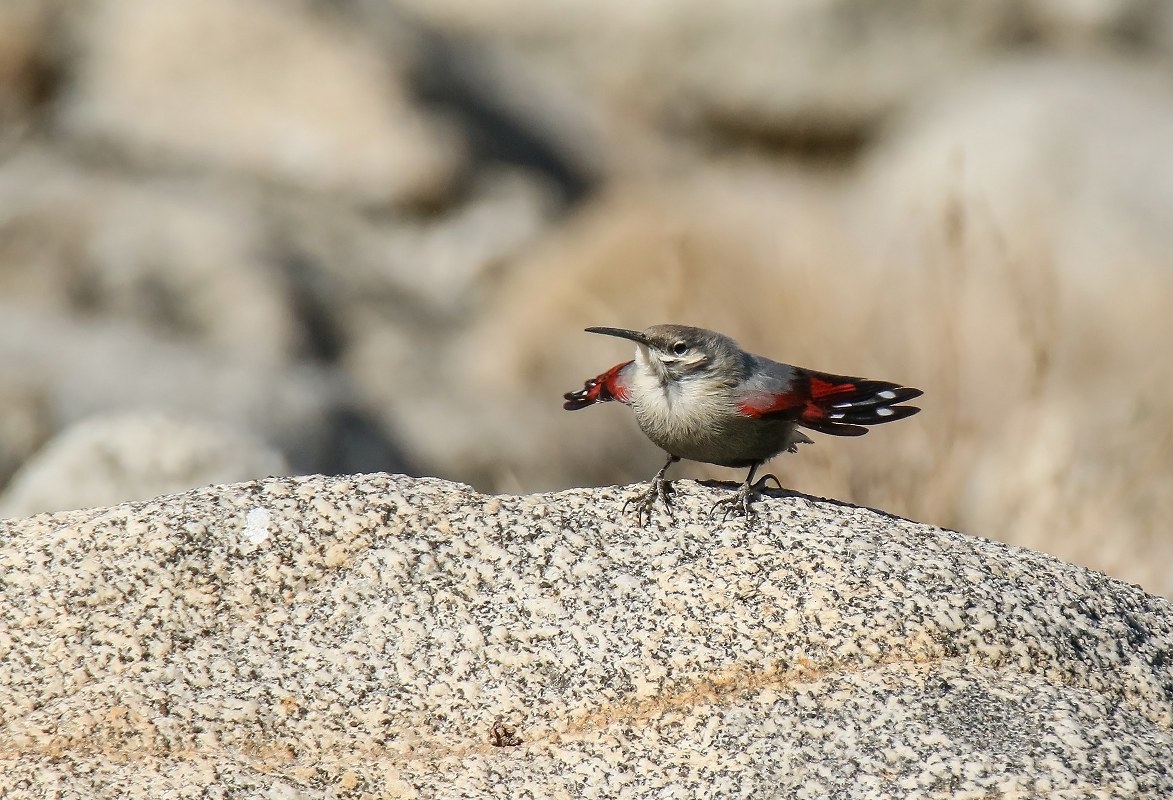
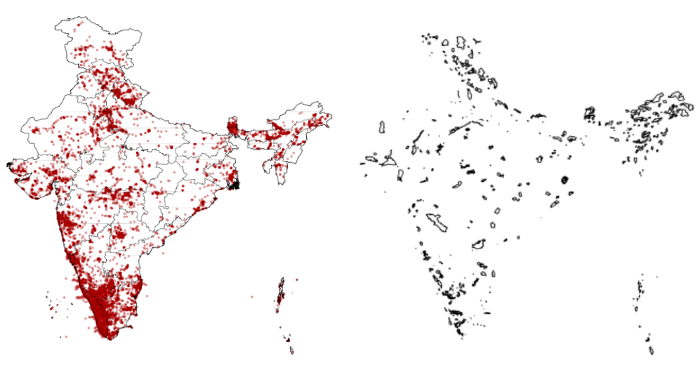
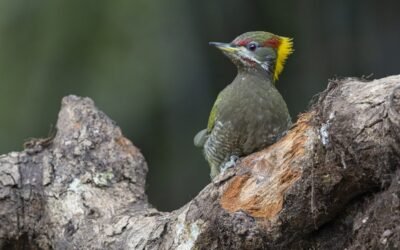
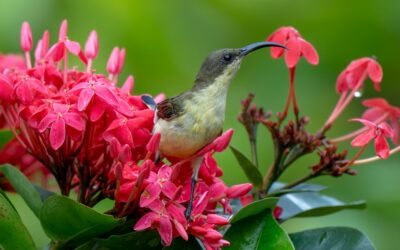

Thattekkad data could be a result of increased usage of eBird, with people submitting more and better and shorter lists and the resultant “central” tendency to statistics to reflect truer values.
Fewer reports earlier could be aggragate reports.
It would be useful to see if the rate is affected by the size or duration of the reports. May be we need to develop tools to study reporting bias in ebird reports.
Absolutely right @Able Lawrence, this is likely to be the explanation. The immediate thing is to encourage birder to submit “more and better and shorter” lists as you say, and alongside we need to develop analysis methods. IBCN is currently thinking about a possible IBA monitoring protocol that could be used by birders visiting these sites, and when implemented, this would make things simpler and more efficient.
Sir ther is one more important place is kutch banni gras land and narayan sarovar century and great Indian bustard century
Thanks
Darshan Raval
Thank you Sir. Yes, there are a few IBAs that are not depicted in the map. We hope that these will be added in the next update.
The Common Name should be assign for each of IBA by eBird / BIRD COUNT OF INDIA or any other related agency wih definite identified boundries.When any eBird submit checklist from said IBA a previously decided Name of IBA should be display for eBirder.
For example— Hatnur Dam is recent & only one IBA in Jalgaon District-Maharashtra.But eBirders submit their checklist like Hatnur dam,Hatnur dam & surrounding area,Tandalwadi,Damleft,Dam right,cannal side,IBA etc.
Due to which IBA or Hotspot not identified some of the lists of same area.If you assign a Fix or particular ID for each IBA with decided boundaries /area future data analysis is correct for The said IBA.